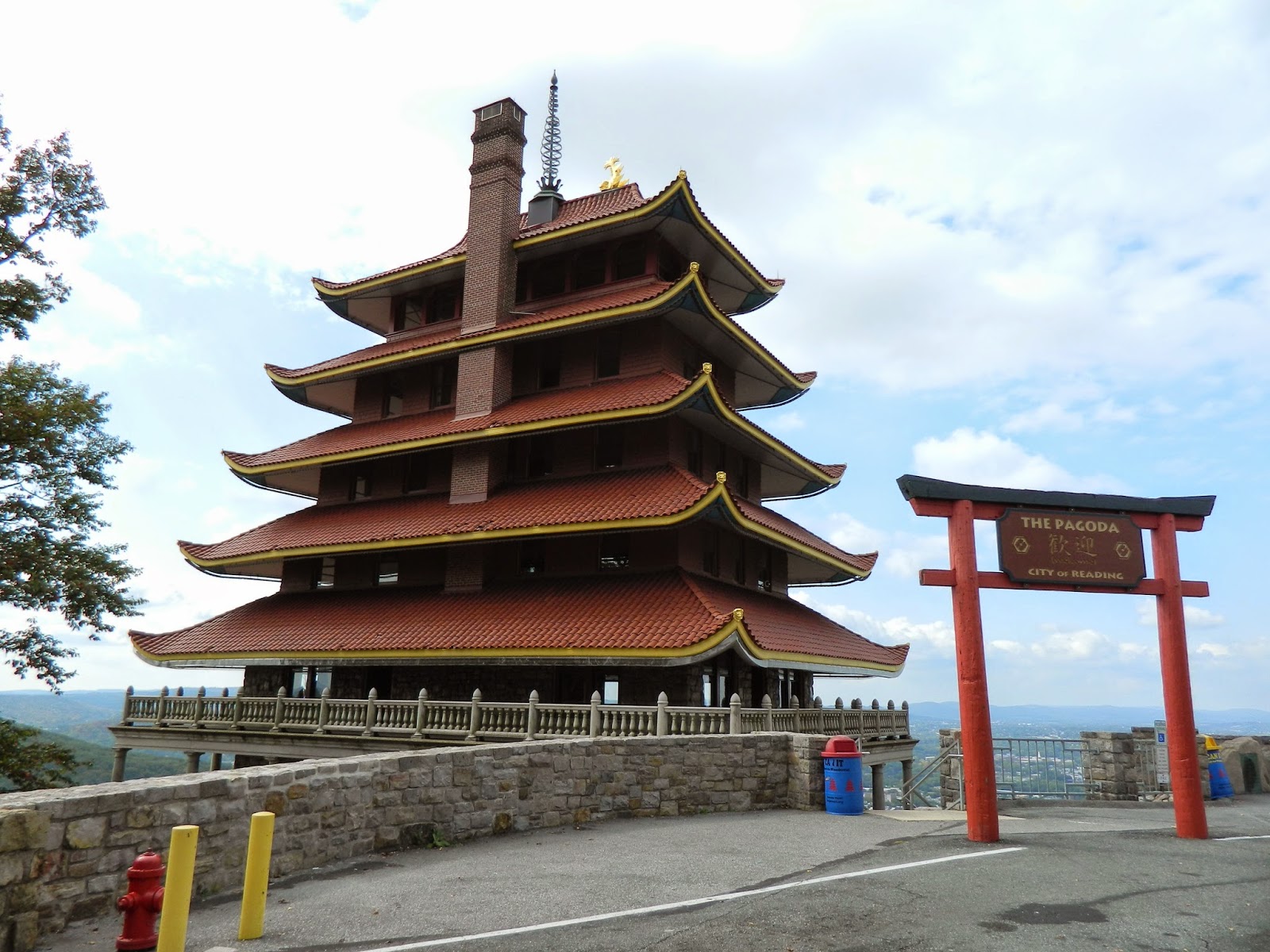I’m staying a couple of nights with some friends of my
family, and it was nice last night to be in a home instead of a hotel for the
first time in a month! Bill is a retired
high school biology teacher (as is my dad, which is how they met – they were in
graduate school together for a couple of summers in Montana when I was but a
wee lad). He and his wife Joan have
lived in the same house since 1960, which is located less than a block from the
high school where he taught for 35 years.
He grew up in the area, so I had a good guide, as well as a much-needed
break from driving.
Bill and I headed out this morning to explore the local
landscape. Being a biologist, he first
took me to Blue Marsh Lake, a popular area for wildlife enthusiasts and boaters
(which was fine with me, since biology is a very important subfield of
geography!). The lake is actually a
reservoir created by the U.S. Army Corps of Engineers in 1974 when they built an
earth fill dam for flood control, water supply, and recreation. Located on Tulpehocken Creek, a tributary of
the Schuylkill River, the water level was down somewhat due to the recent dry
conditions here. We visited four areas: a
boat ramp and viewpoint, the stilling basin just below the dam, a visitor
center at an overlook near the dam, and a park and picnic grounds. Being a
Wednesday in October, each area was nearly deserted, but Bill assured me that on
summer weekends there are throngs of people.
We then drove past fields of corn, soybeans, and hay and ventured
to the city of Reading. The city population
is only about 90,000, but with its many suburbs, the metropolitan area is about
415,000, which is slightly larger than Salem’s metro area (about 395,000). It
is typical of one of the older industrial cities in America's former manufacturing core in the Northeast. Now the region is often referred to as the “Rustbelt,” so-called
because the once robust iron and steel and other heavy manufacturing industries
collapsed decades ago (mostly by the 1980s). Many old industrial buildings are
vacant or have been repurposed. For example, a former textile mill in the area
is now an outlet shopping center. Streets
are lined with row houses and old brick homes and buildings. According to the 2010 U.S. census, Reading
has the highest percentage of its people living in poverty in the country. It is probably best known as being one of the
four railroad properties in the Monopoly board game. The Reading Railroad,
which no longer operates, was named after the city. It transported anthracite
coal from the nearby coal mining region to iron and steel mills.
Still, the area is situated in a scenic area of the
Appalachians with low mountains, long ridges, and hardwood forests. The Pagoda
on Mt. Penn overlooks the city, and is lit red at night with lights. The
peeling bark of the sycamore trees and the stately homes in some of the nicer
residential areas made our drive outside the city center quite enjoyable.
 |
| Blue Marsh Lake. |
 |
| Outflow below the dam. |
 |
| View of Reading looking west from top of Mt. Penn. |
 |
| Tower atop Mt. Penn. |
 |
| In West Reading. |
 |
| Former textile mill, now an outlet center. |
 |
| View looking north from the house where I'm staying in West Lawn. High temperature in the mid-70s today, overcast, and humid. |

























Interesting combination of architectural styles.
ReplyDelete